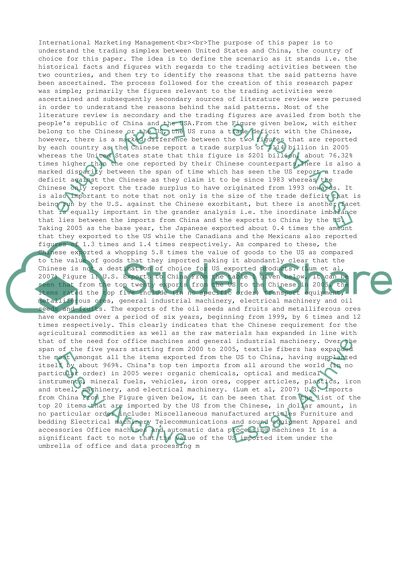Cite this document
(“International Marketing Management Research Paper”, n.d.)
Retrieved from https://studentshare.org/management/1416870-international-marketing-management
Retrieved from https://studentshare.org/management/1416870-international-marketing-management
(International Marketing Management Research Paper)
https://studentshare.org/management/1416870-international-marketing-management.
https://studentshare.org/management/1416870-international-marketing-management.
“International Marketing Management Research Paper”, n.d. https://studentshare.org/management/1416870-international-marketing-management.


